Bandsaw Is Better for Rough Ripping
For safest rough ripping, use the bandsaw rather than the tablesaw.
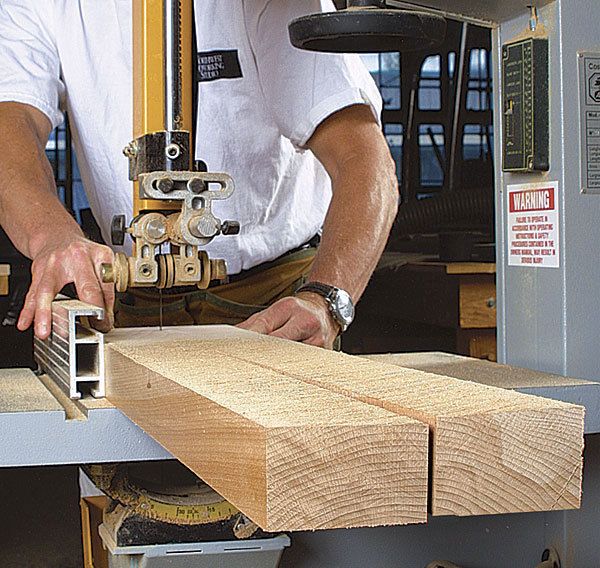
Q:
I’ve heard that using a half-fence, which extends to just the middle of a tablesaw blade, is a safer way to rip, especially with wide stock. Should I be using one?
Jon Dempsey, Myrtle Beach, SC
A:
No, I don’t recommend using a half-fence to solve the problem, and definitely not without a riving knife or splitter in place. A half-fence stops supporting the board toward the end of the cut, leaving it free to rotate into the back of the blade and kick back catastrophically. And even with a riving knife sitting loosely in the kerf, the board will begin to wobble a bit toward the end, ruining the cut quality.
I understand why people use them, especially for rough ripping wide boards down the middle. Wide stock has a way of bowing this way or that as internal tension is released, causing binding against the blade or fence. But there is a better way.
Do your rough ripping on the bandsaw, where the blade is flexible and kickback is nonexistent. Then joint (or rejoint) the face that will go against the saw table and the edge that will go against the rip fence. Now you can trim that final edge on the tablesaw with no worries, using the full rip fence for a clean cut.
Drawings by Kelly J. Dunton
Fine Woodworking Recommended Products
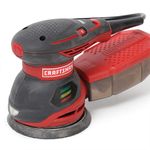
Craftsman Random Orbit Sander
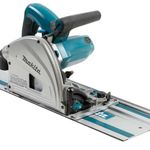
Makita SP6000J1 Track Saw
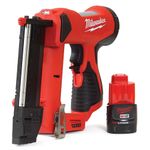
Milwaukee M12 23-Gauge Cordless Pin Nailer


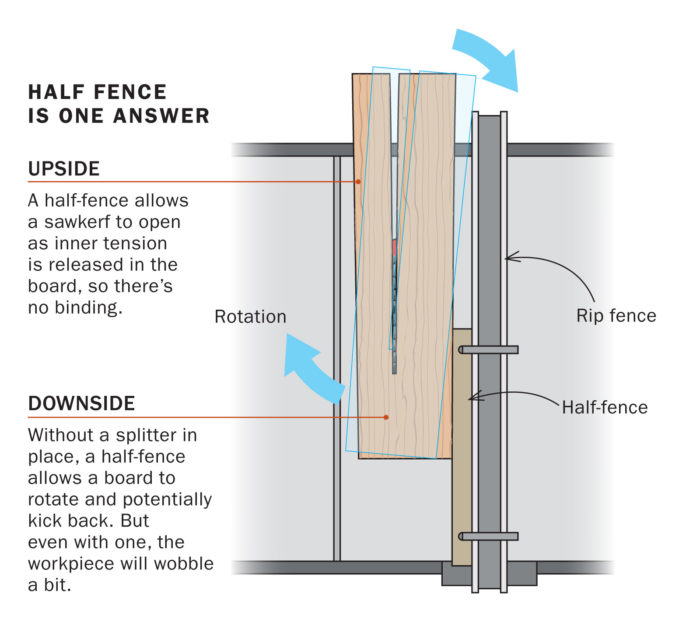






Comments
Using a short fence that ends somewhere around the gullet of the blade, along with a riving knife and blade guard is the safest method of ripping solid wood.
Regards, Rod
Log in or create an account to post a comment.
Sign up Log in